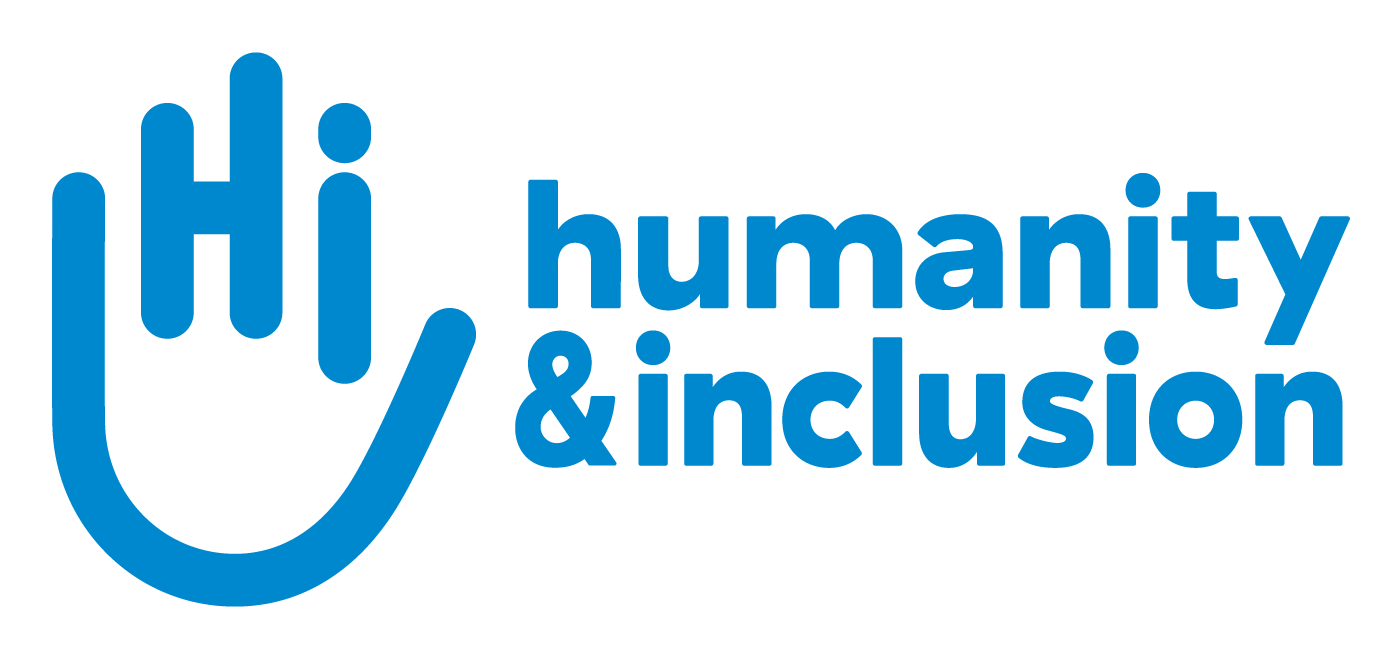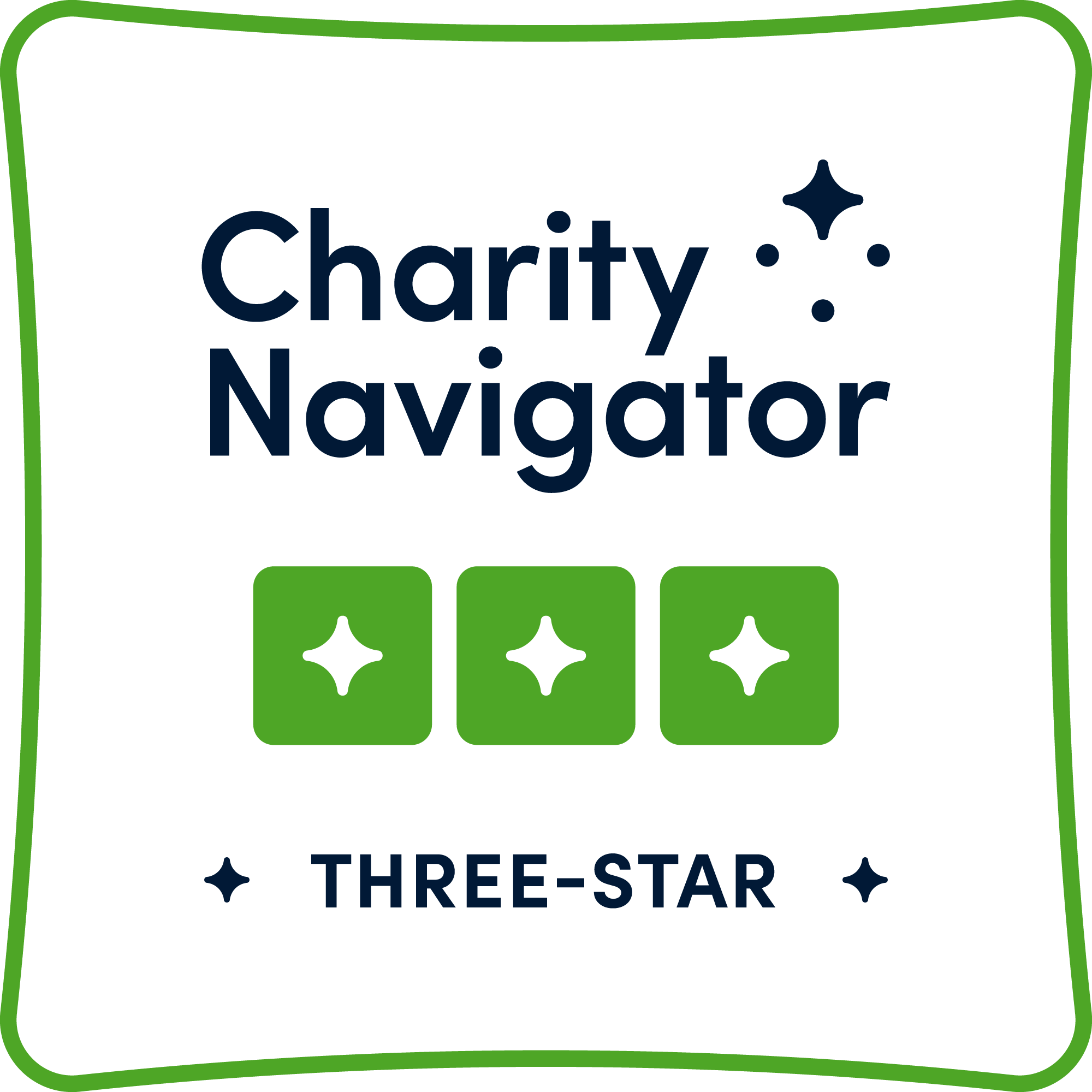Why raise awareness of inclusion? During humanitarian operations, people with disabilities and vulnerable individuals - such as older people, people with reduced mobility, children and isolated women - face obstacles in accessing aid and may be discriminated against.
HI supporting Unicef partners
“We also trained humanitarian workers to run training courses within their NGOs and for the communities in question. We raised the awareness of 500 Syrian refugee volunteers to keep track of the situation in their communities,” explains Sien Andries, an inclusion technical advisor at HI.
In 2017, HI worked with ten of Unicef’s partners, including Action contre la faim, Solidarité International and World Vision, around Tripoli, Zahlé and in the south of the country along the border with Syria. The organization ran 37 training sessions on disability and inclusion[1] for 230 people.
Disability awareness
“During the training, we start by explaining how the exclusion process works in humanitarian programs,” continues Sien. “Then we identify, with the people taking part in the training, the obstacles that exclude people with disabilities and all vulnerable individuals.”
This might include handles that are too high or stairs that prevent people from accessing a building. When we discuss fetching water, we ask participants to think about the journey a person with disabilities might take, from when they leave home to the path they follow and how they approach the water point. We ask them what obstacles someone might face in a wheelchair, with crutches, or with reduced mobility because they are elderly.
Existing building standards for access ramps, door widths, handle height and so on are made available to NGOs to make all facilities accessible.
Support to NGOs
HI also helped Unicef’s NGO partners implement their initiatives: 150 support missions gave rise to 42 field recommendations for the construction of sanitary facilities, such as water points, latrines and so on, to make them usable by people with disabilities.
“Latrines and water points are often built under emergency circumstances, without thinking about people with disabilities and groups at risk from exclusion. A typical example is a water point with an edge, which someone in a wheelchair can’t reach because of the step,” explains Sien. “Sometimes solutions are really simple, such as running a rope from a house to the latrines, so that a person with visual disabilities can reach the toilet.”
Awareness raising
For HI, the first step consists in making humanitarian workers aware of the problem, including the possibility that people with disabilities may find themselves completely marginalized by the aid effort, without anyone noticing.
Humanitarian Disability Charter
In May 2016, Handicap International was closely involved in the launch of the Charter on Inclusion of Persons with Disabilities in Humanitarian Action. More than 150 States, humanitarian organizations, funding bodies and non-profit networks have already signed the charter. It calls on all institutions involved in humanitarian assistance to improve their practices to better include people with disabilities, involve them in decision-making and ensure humanitarian services are accessible to all. Today, we would like more States and humanitarian organizations to sign this charter and to fully implement its principles.
[1] Inclusion: all practices aimed at ensuring people with disabilities are taken into account and included in humanitarian aid and educational, community and professional life.




